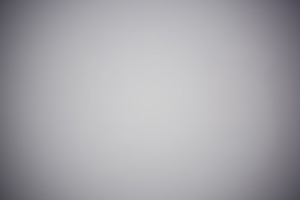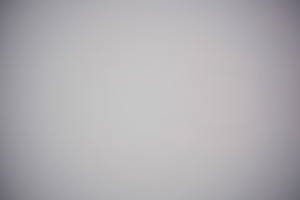|
Voigtlander Color Skopar 20mm f/3.5 SL II Aspherical (Canon EOS) - Lab Test / Review - Analysis |
|
Lens Reviews -
Canon EOS (Full Format)
|
|
Page 2 of 2

Distortion
The Skopar produces a moderate degree (~1.9%) of barrel distortion. It has a bit of a mustache
style sub-frequency so it's not all that easy to correct if needed.

Vignetting
The vignetting characteristic is somewhat critical. At max. aperture we're talking about an edge
shading of ~2.9EV which is fairly extreme. Such a "key hole" effect is already difficult to correct
without artifacts. The situation improves at f/5.6 (@ ~1.8EV) but you should really stop down to
f/8 to tame the problem to an acceptable level.
 Here're some sample images from the lab:
Here're some sample images from the lab:
| f/3.5 | f/5.6 |
 |  |
MTF (resolution)
The Voigtlander gave us somewhat mixed feelings regarding its resolution potential.
The center quality is very fine even at f/3.5 and the borders are quite good here but
the corners are plain soft. There's also some field curvature at this setting.
Stopping down to f/5.6 improves the corner situation significantly. The sweet spot
is reached at f/8 resulting in very good borders and good corners. The field curvature
is also mostly gone at this setting. Diffraction effects start to reduce the quality from
f/11 onwards.
Please note that the MTF results are not directly comparable across the different systems!
Below is a simplified summary of the formal findings. The chart shows line widths per picture height (LW/PH) which can be taken as a measure for sharpness.
If you want to know more about the MTF50 figures you may check out the corresponding Imatest Explanations
Chromatic Aberrations (CAs)
Chromatic aberrations (color shadows at harsh contrast transitions) are comparatively well controlled
at around 1-1.5px on the average at the image borders. This may be visible at 100% magnification but it's
not overly relevant in prints.

Verdict
The Voigtlander Color Skopar 20mm f/3.5 SL II Aspherical is a unique lens: it's the smallest ultra-wide
angle lens available for full format DSLRs. Pancake lenses tend to have incorporated some compromises - usually
they are comparatively slow and they never reach the performance levels of their bigger counterparts which
can simply take advantage of more and bigger lens elements. The weaknesses of the Skopar are most
noticeable at max. aperture. The lens produces a fairly extreme amount of vignetting (albeit not worse than
e.g. the much bigger Zeiss 21mm f/2.8 for instance) and the corners are plain soft. Generally you should avoid
this setting unless you're looking for a center-pronounced close focus shot. However, the lens manages to
produce decent results between f/5.6 and f/11 with a good sharpness distribution across the frame. The amount
of distortions is moderate and lateral CAs are quite well controlled.
However, the key strength of the lens is not so much the optical performance but its extremely compact size
and low weight. There're enough situations where you simply don't want to carry lens bricks (e.g. during
outdoor- or travel photography) and this is where the Voigtlander really shines. Apart from this practical aspect
it's also simply fun to handle such a well-built dwarfish lens. Some may criticize the lack of AF but, frankly,
this is usually a non-issue in an ultra-wide lens and for precision focus you can simple switch your camera
to Live-View mode. At around 500EUR/US$ it's not a cheap item but not more expensive than conventional prime lenses
in this range.
All-in-all it's a interesting lens for low-weight and small size fanatics (and that does possibly include
the author), less so for those seeking for maximum performance.
| Optical Quality: |  |
|
| Field Quality: |  (Landscape Photography) (Landscape Photography) |
| Mechanical Quality: |  |
| Price/Performance: |  |
| | |
| | What does this mean ? |
|